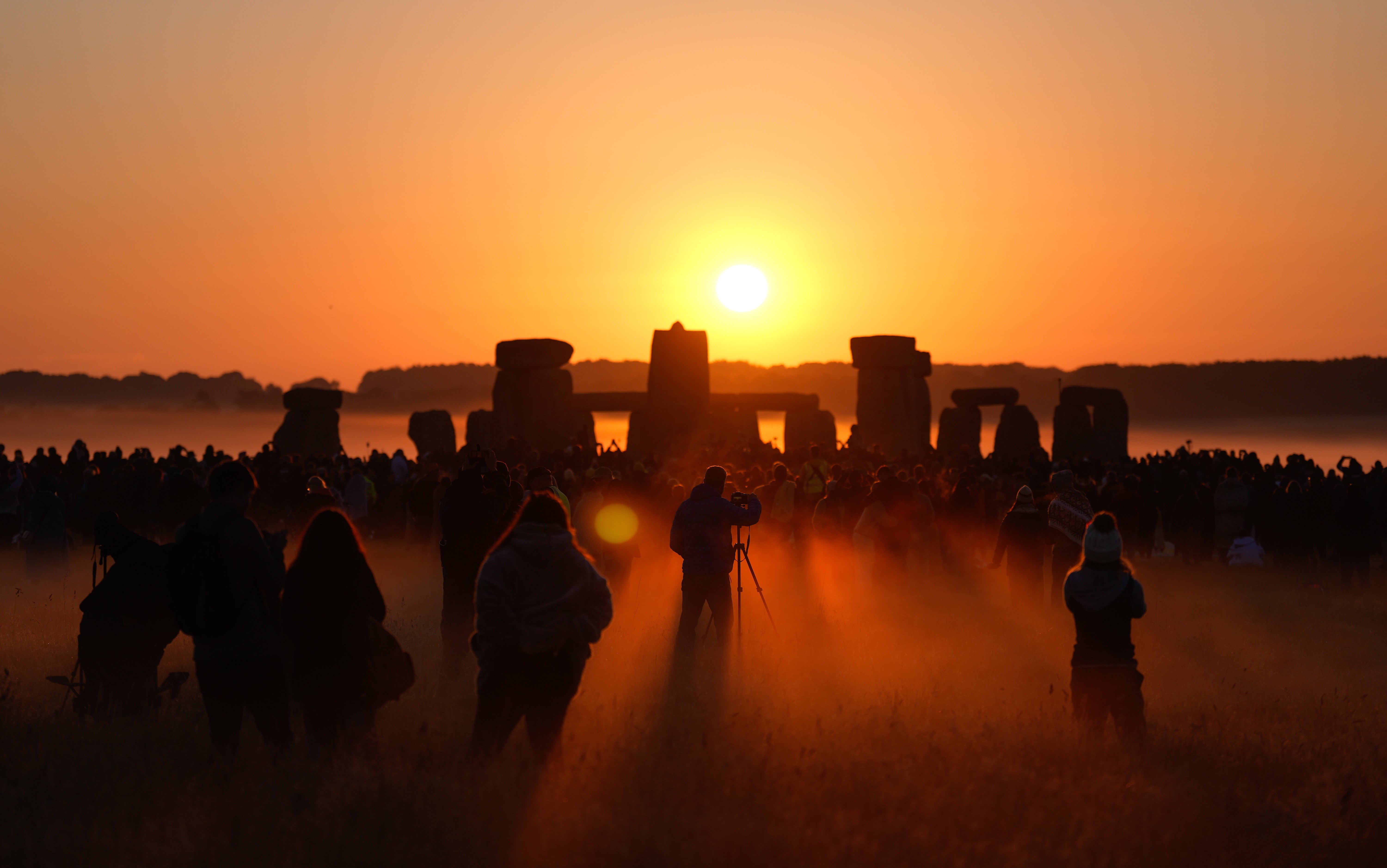The Northern Hemisphere has reached its peak sunshine, marking the summer solstice – the longest day of the year and the official start of astronomical summer. Conversely, for those in the Southern Hemisphere, it signifies the shortest day and the onset of winter.
The term “solstice” derives from the Latin words “sol” for sun and “stitium,” meaning “pause” or “stop.” This celestial event marks the sun’s highest annual arc in the sky, after which it begins its gradual retreat, leading to progressively shorter days until late December.
For millennia, civilisations have observed and celebrated the solstices, constructing monuments like Stonehenge, which was precisely aligned to the sun’s paths during these pivotal moments. Understanding what unfolds in the heavens requires a look at Earth’s orbital mechanics.
As our planet journeys around the sun, it does so on a tilted axis. For most of the year, this tilt means that sunlight and warmth are distributed unequally between the Northern and Southern hemispheres. Solstices occur when this axial tilt is at its most extreme, resulting in the most significant disparity between day and night lengths. During the Northern Hemisphere’s summer solstice, the upper half of the Earth is tilted directly towards the sun, creating the year’s longest day and shortest night. The winter solstice, conversely, sees the Northern Hemisphere leaning away from the sun, leading to the shortest day and longest night.

In contrast to the solstices, equinoxes are periods when the Earth’s axis and its orbit align in such a way that both hemispheres receive an almost equal amount of sunlight. The word “equinox” itself comes from Latin words meaning “equal” and “night.” On these days, day and night are nearly identical in duration. The Northern Hemisphere experiences its spring (vernal) equinox between March 19 and 21, and its autumn (autumnal) equinox between September 21 and 24. At the equator, the sun is directly overhead at noon during an equinox, and uniquely, both the North and South Poles are simultaneously illuminated by sunshine.
It is also important to distinguish between astronomical and meteorological seasons. While astronomical seasons are defined by the Earth’s precise movements around the sun, meteorological seasons are based on annual temperature cycles, dividing the year into fixed three-month periods. By this calendar, spring begins on March 1, summer on June 1, autumn on September 1, and winter on December 1.



